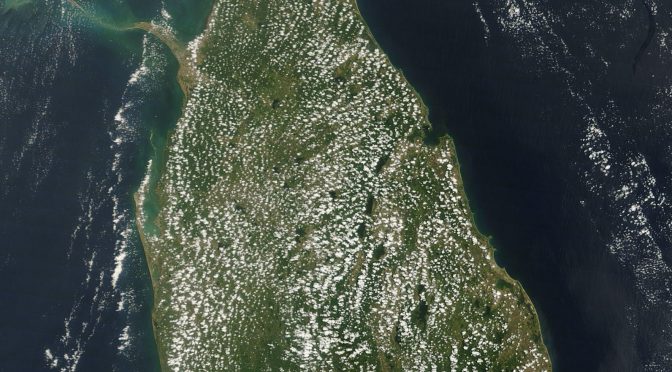Land- and sea breezes
Other classical mesoscale circulation systems are sea-breezes (from the sea to the land) and land-breezes. Again the thermal contrast is the driver. Depending on the length of the coast-line the Coriolis force may become relevant. Of course, in mountainous coastal terrain, sea-breezes may enhance valley winds, mountain winds may enhance the land-breeze.


Learning goal
After successful completion of this unit the student is able to
- Explain land- and sea breeze systems and discuss their differences
- Apply meteorological concepts to calculate meteorological parameters of land- and sea-breeze systems
- Detect land- or sea-breezes in satellite data, weather maps
- Communicate the impact of land-sea-breeze systems for air quality, sailing/surfing, biking
- Analyse data to detect mesoscale circulations (graduate students)

Students’ Tasks
- Watch this video on land- and sea-breezes
- Read chapter 7.3.1.3 in Lectures in Meteorology
- Read chapters 6.5 to 6.5.2 (included)
- Watch this model simulation of a sea-breeze by Rotunno and Lin
- Take this test on mesoscale circulations.
- Solve the application problems in this Unit 5 task sheet assigned at your class level and send the scanned solutions to cmoelders@alaska.edu by Thursday 2359 AKST.
Supplemental material
Crosman and Horel (2010). Sea and Lake Breezes. A Review of Numerical Studies
Antonelli and Rotunno (2007), Large eddy simulations of the onset of the sea breeze, JAS
NWS The Sea breeze
© Nicole Mölders | All rights reserved
